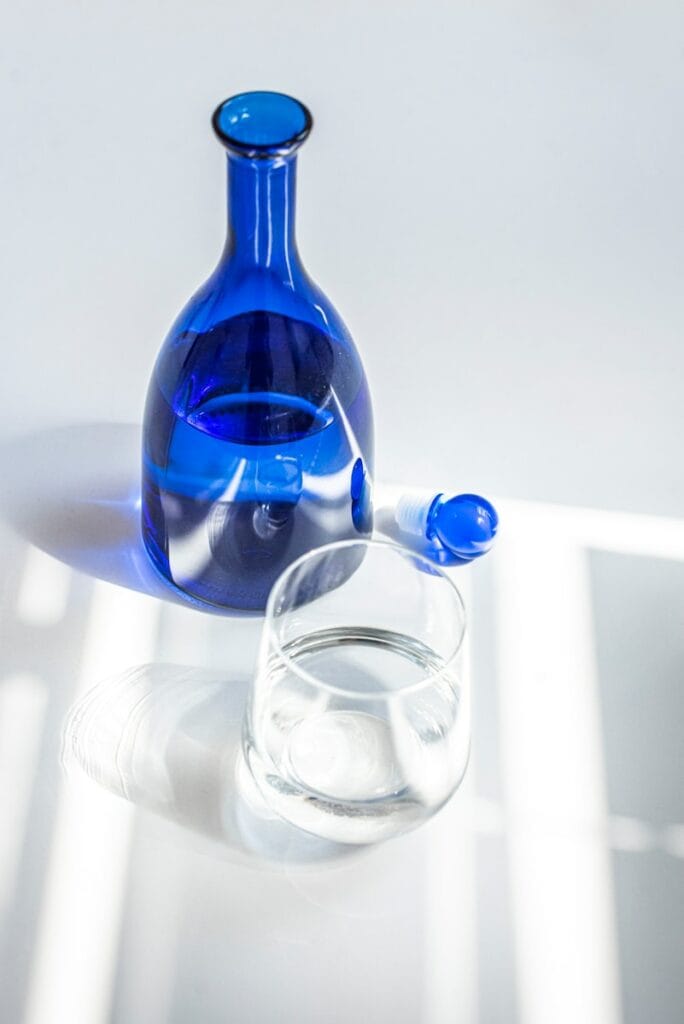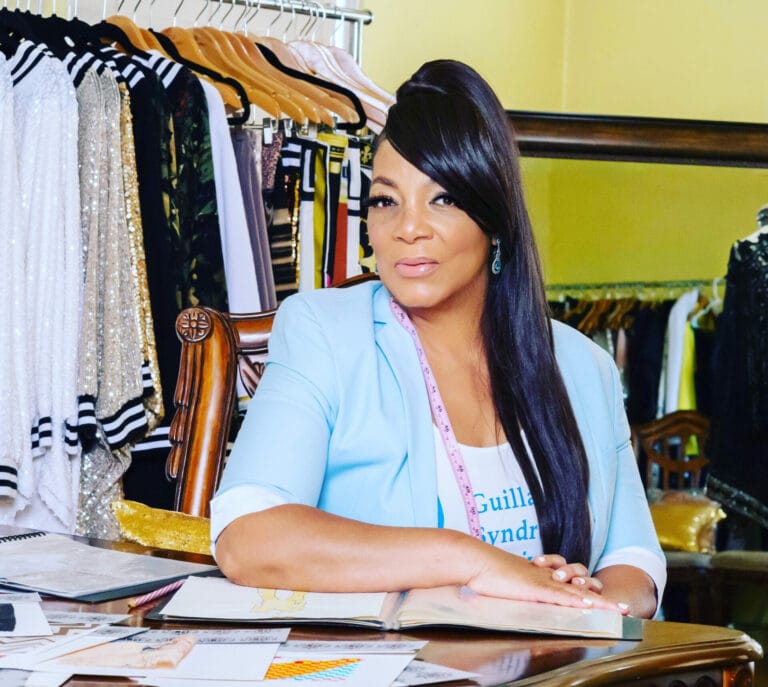Microplastics Invasion and How to Protect Your Family From Everyday Exposure
Microplastics have quietly become an invisible threat, invading our food, water, and air. Once a distant environmental concern, they now pose real risks to human health, including hormone disruption and cardiovascular issues. While science races to uncover the full impact, each one of us can take action today to reduce exposure and protect your family from everyday exposure

As our lifestyle continue to be plastic-saturated by choice and waste continues to build up invading our ecosystems, one critical question remains unresolved: how to protect your family from the impact microplastic does it have on human health?
Initially, the concern centered around the ocean. As scientists began detecting microplastics in the guts of fish and shellfish, attention turned to the safety of seafood. Shellfish, in particular, raised red flags—unlike fish, we consume them whole, stomach contents included. In 2017, Belgian researchers issued a stark warning: seafood lovers might unknowingly ingest up to 11,000 microplastic particles each year simply by eating mussels, a national favorite.
Key Takeaways
- Microplastic particles can easily shed into food and water, posing health risks associated with cardiovascular mortality and hormone-sensitive cancers.
- Preventing plastic exposure is possible by including color-based additives in plastic creation to visualize the abundance of plastic in everyday life.
- Legislators have introduced measures to minimize the production of single-use plastics, with 170 countries pledging to reduce plastic use by 2030.
What Are Microplastics?
It’s in your plastic bottled water, your takeaway containers, your child’s toys and, disturbingly, your blood. Microplastic particles have quietly invaded our lives, seeping into our homes, bodies, and the environment with alarming consequences. As awareness grows, so does concern—and for good reason. The very materials designed to make modern life more convenient may be compromising our long-term health, especially for women and families.

Microplastics are tiny plastic particles less than 5 millimeters in size. They are either intentionally produced (like in some cosmetics and industrial applications) or formed as larger plastics break down over time. From packaging and textiles to household goods, plastics are everywhere—and every time they degrade, they leave a trail of invisible pollutants.
These particles don’t just linger in oceans or forests. They’re in the food we eat, the water we drink, and even the air we breathe.
Why Should Women Be Especially Concerned?
Emerging research links microplastic exposure to increased risks of hormone-sensitive cancers such as breast and ovarian cancer. Plastic particles can mimic or interfere with estrogen, throwing hormone levels into chaos. For pregnant women, this is particularly troubling—endocrine-disrupting chemicals can cross the placenta, potentially affecting fetal development.

And that’s just the beginning. A 2024 meta-analysis revealed a shocking connection between microplastic accumulation in the bloodstream and cardiovascular mortality. Scientists are still uncovering the long-term impacts, but what’s clear is this: microplastics are not benign.
Everyday Exposure You Might Not Notice
- Food and Drink: Microplastics shed into bottled water, canned foods lined with plastic, and even tea bags made with nylon.
- Household Items: Synthetic clothing, furniture coatings, and plastic storage containers constantly release particles into the home.
- Heat Exposure: Microwaving food in plastic or leaving bottled water in a hot car significantly increases leaching.
A breakthrough innovation could help us see what’s been invisible for too long. Scientists are developing color-based additives for plastics—think dyes that show up under specific lights or filters. These additives allow people to visualize the presence of microplastics in real time, making it easier to grasp just how saturated our daily lives are with plastic exposure.
Imagine being able to scan a toy, a plate, or even a food wrapper and see how many particles could be released. This isn’t science fiction—it’s the next wave of consumer empowerment.
What’s Being Done Globally?
Governments are starting to take action. As of 2025, over 170 countries have signed a landmark pledge to reduce plastic usage and production by 2030. Legislative bans on single-use plastics are already rolling out in many nations, pushing industries to innovate and shift toward sustainable alternatives. But legislative change takes time—and families can’t afford to wait.
How to Protect Your Family Now
Here’s how to reduce your household’s exposure to microplastics starting today:
- Ditch the Bottled Water: Use a high-quality water filter and carry a reusable stainless steel or glass bottle for water.
- Be Smart About Food Storage: Switch to glass or metal containers. Avoid microwaving anything in plastic—even if it says “microwave safe.”
- Filter Your Air: Install HEPA filters in your HVAC system and vacuum with a HEPA vacuum to reduce plastic fibers in the air.
- Wash Clothes Wisely: Use a microplastic-catching laundry bag or washing machine filter to trap fibers from synthetic fabrics.
- Buy Less Plastic: Opt for wooden toys, natural fiber textiles, and bulk items in paper or glass packaging.
Protecting your family from microplastics isn’t about paranoia, it’s about preventing awareness. By minimizing exposure in your home and supporting larger systemic changes, you’re not just making safer choices for today you’re helping shape a healthier, less plastic-saturated future for generations to come.
We may not be able to see microplastics with the naked eye, but with a little knowledge and intention, we can begin to clear the path forward.
Your Next Steps:
- Replace at least one plastic item in your kitchen this week.
- Start a conversation with your local school or daycare about microplastic-free environments.
- Support local and national policies pushing for plastic reduction.
- Because when we see the invisible, we gain the power to change everything.
The presence of microplastics in our food, water, and even the air we breathe is no longer a distant environmental issue—it’s a personal health concern, woven into the fabric of our daily lives. While scientists continue to investigate the full scope of health risks, what we already know is reason enough to act.
From small lifestyle changes to supporting global efforts aimed at reducing plastic production, each decision we make can help protect our families and preserve the health of future generations. Awareness is the first step—but action is what transforms knowledge into meaningful change.
It’s time to reimagine convenience, prioritize safety, and demand a world where the invisible threats around us no longer go unchecked.
Do you want to share your story and inspire our readers ? Know that YOUR EXPERTISE is paving the way for a fairer, happier society.





